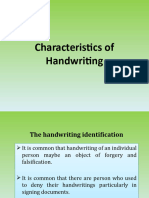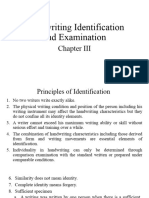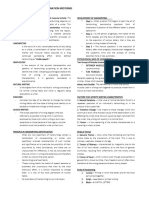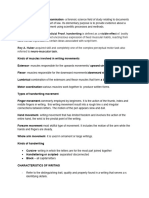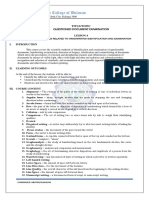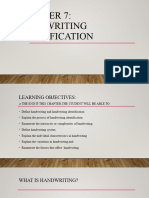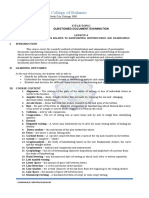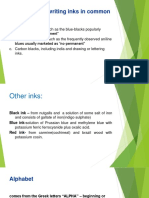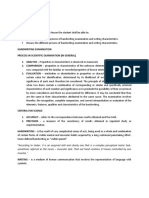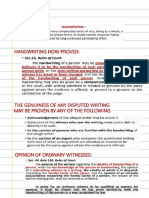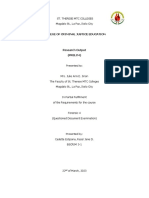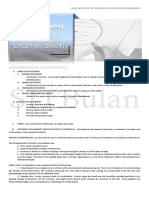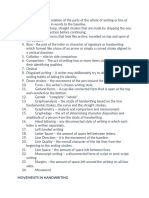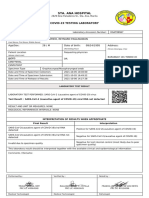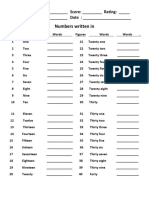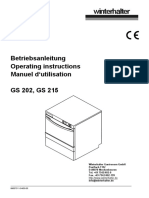0% found this document useful (0 votes)
890 views6 pagesHandwriting Analysis Module
The document outlines a module on handwriting characteristics, detailing various individual and class characteristics of handwriting, examination techniques, and the preparation of case folders. It covers aspects such as writing form, system, muscular habits, and movement, along with classification of writing characteristics into class and individual traits. The module aims to equip learners with the ability to recognize, examine, and present findings related to handwriting identification.
Uploaded by
zanello grullaCopyright
© © All Rights Reserved
We take content rights seriously. If you suspect this is your content, claim it here.
Available Formats
Download as DOCX, PDF, TXT or read online on Scribd
0% found this document useful (0 votes)
890 views6 pagesHandwriting Analysis Module
The document outlines a module on handwriting characteristics, detailing various individual and class characteristics of handwriting, examination techniques, and the preparation of case folders. It covers aspects such as writing form, system, muscular habits, and movement, along with classification of writing characteristics into class and individual traits. The module aims to equip learners with the ability to recognize, examine, and present findings related to handwriting identification.
Uploaded by
zanello grullaCopyright
© © All Rights Reserved
We take content rights seriously. If you suspect this is your content, claim it here.
Available Formats
Download as DOCX, PDF, TXT or read online on Scribd
/ 6

